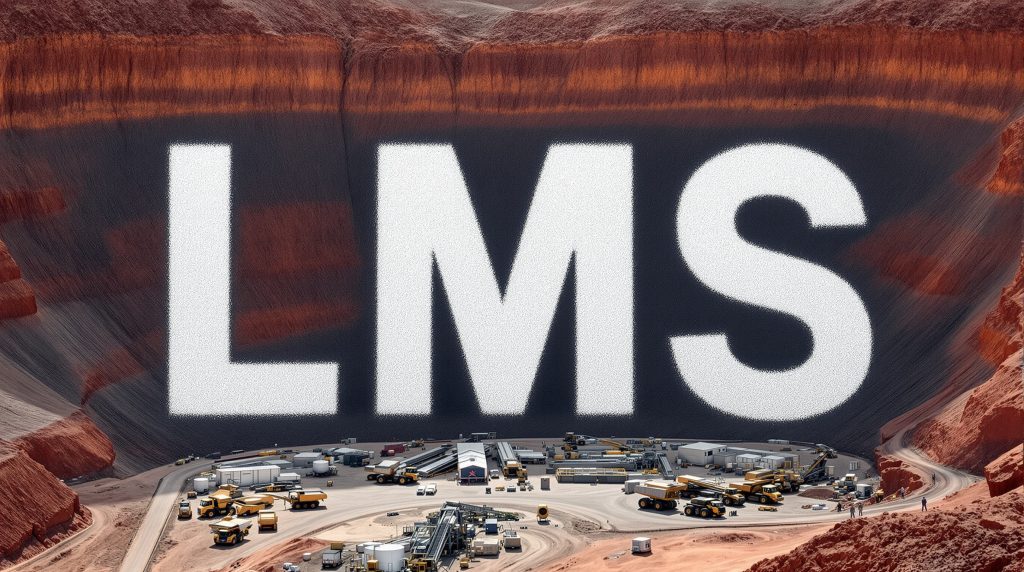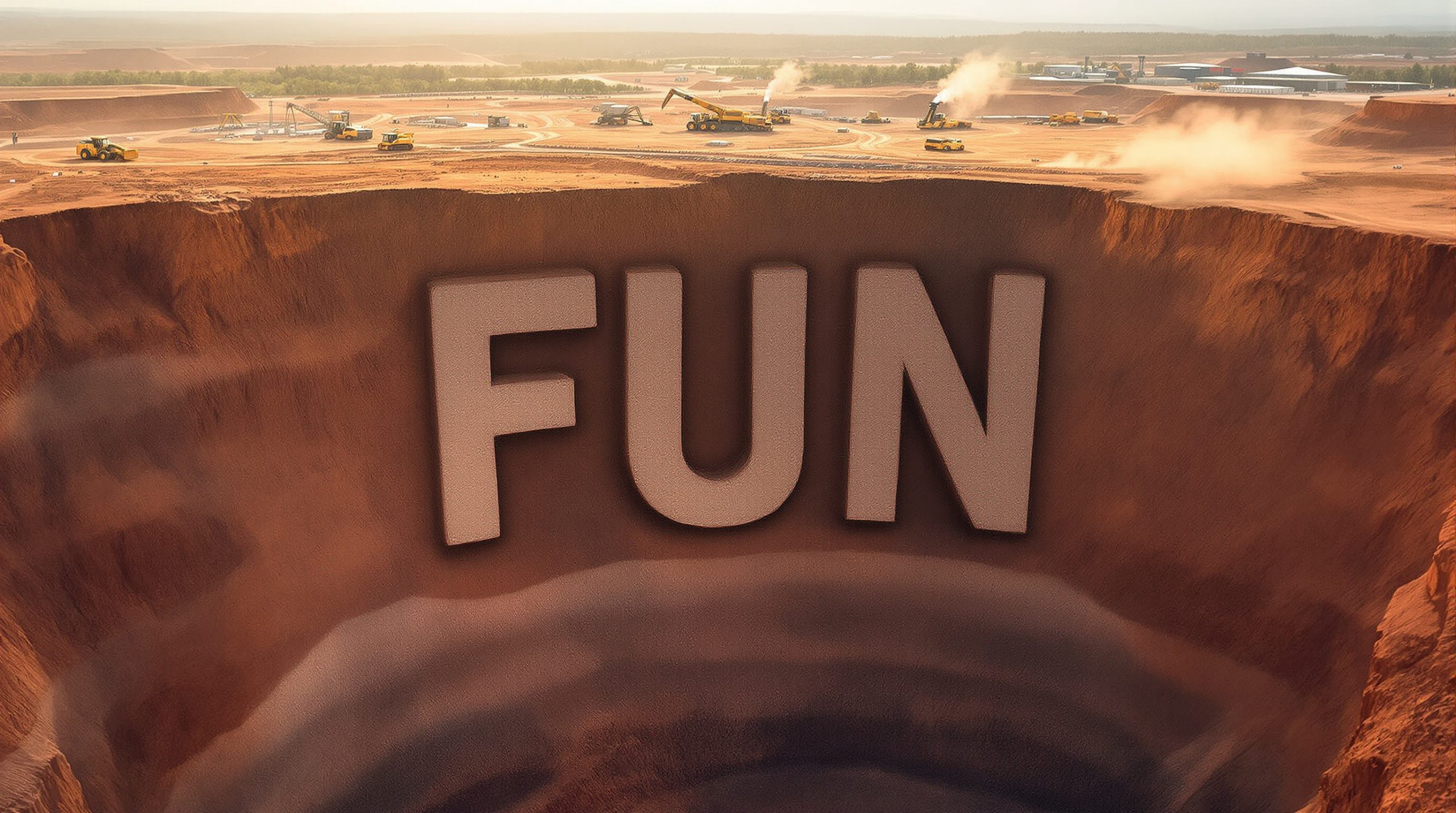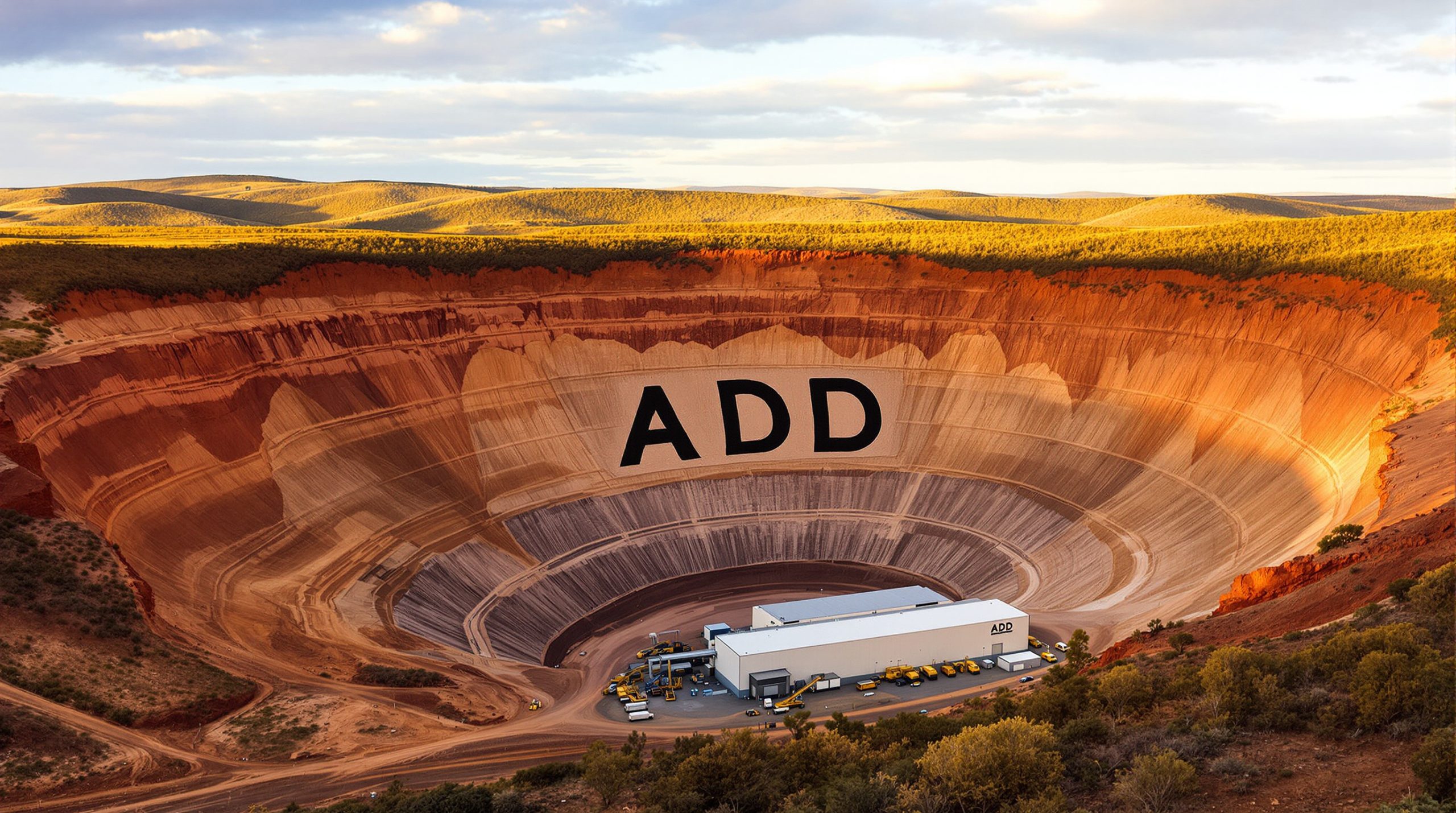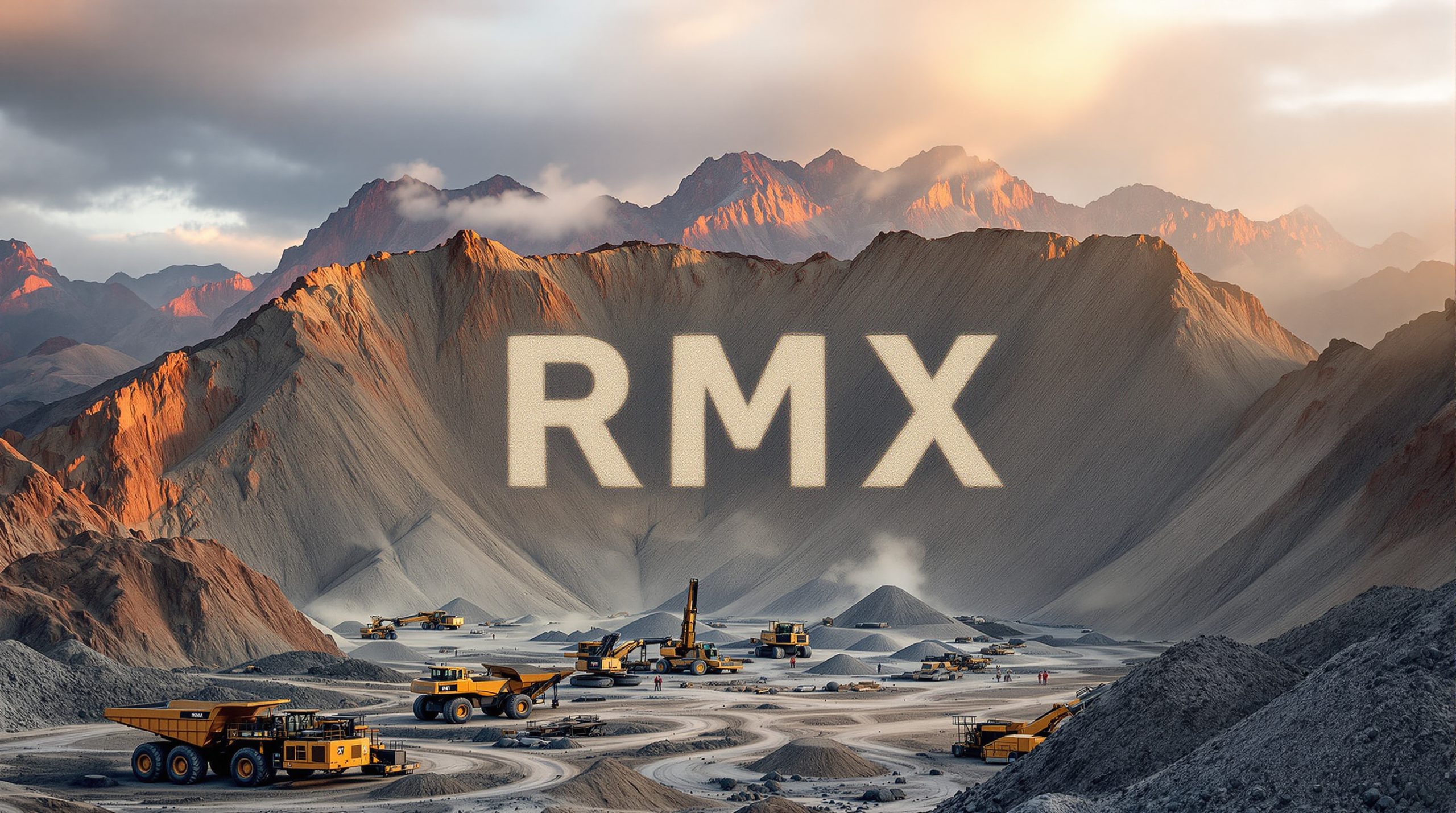Major Copper-Zinc Discovery at Oonagalabi Reveals System-Scale Potential
The Litchfield Minerals copper-zinc discovery at Oonagalabi represents a significant breakthrough in modern exploration, with drill hole OGRC010 intercepting 91 metres of combined copper-zinc mineralisation at 0.9% Cu and 1.3% Zn from just 8 metres depth. This substantial intercept provides compelling evidence of a large-scale copper-zinc system with significant near-surface mineralisation and untapped deeper potential.
The results include multiple high-grade zones that demonstrate the system's continuity and grade consistency. Furthermore, the intercepts showcase the project's exceptional potential for resource development.
The key results comprise:
- 37m @ 0.9% Cu, 1.8% Zn from 7m depth, including 15m @ 1.3% Cu, 1.5% Zn from 8m
- 22m @ 1.3% Cu, 0.9% Zn from 143m depth
- 27m @ 0.5% Cu, 0.9% Zn from 99m depth
Managing Director Matthew Pustahya commented: "Close to a hundred metres of copper-zinc mineralisation from near-surface is the kind of intercept that demonstrates real scale and strengthens the case for Oonagalabi as a significant system. We've now confirmed the Main Zone as a large, laterally continuous foundation for value."
Advanced Geophysics Reveal Deep Intrusive System
Revolutionary magnetic inversion data from Litchfield's VTEM survey has reportedly unveiled a massive interpreted intrusive body extending beyond 900 metres depth along a major crustal-scale terrane boundary. This discovery potentially transforms the understanding of Oonagalabi from a surface carbonate-replacement system to a world-class intrusive-driven copper-zinc system.
| Key Geophysical Findings | Details |
|---|---|
| Magnetic Anomaly Depth | >900m below surface |
| VTEM Survey Spacing | 200m line spacing |
| Structural Control | Aileron-Irindina terrane boundary |
| Priority Targets | Multiple conductors on magnetic highs |
The newly processed 3D magnetic inversions reveal coherent corridors of large magnetic anomalies directly exploiting the province-scale structural pathway. Priority VTEM conductors sit directly on or adjacent to these interpreted intrusions, consequently providing multiple high-priority targets for systematic exploration.
Understanding Skarn Mineralisation Systems
Skarn mineralisation represents one of the most economically significant deposit types for copper and zinc globally. These systems form when hot, metal-rich fluids from cooling magma chambers interact with carbonate rocks like limestone or marble, creating zones of intense alteration and metal concentration.
Formation Process: When molten rock intrudes into carbonate-rich host rocks, the high temperatures and chemical reactions create new minerals. The process replaces original limestone or marble with silicate minerals such as garnet, pyroxene, and amphibole, whilst depositing valuable metals like copper and zinc.
At Oonagalabi, the mineralisation occurs within calc-silicate alteration and marble of the Oonagalabi Formation. The system features semi-massive to massive olivine-amphibole-pyroxene-phlogopite alteration with disseminated chalcopyrite (copper), sphalerite (zinc), and pyrrhotite minerals.
Economic Significance: Skarn systems often develop extensive lateral and vertical continuity, creating large tonnage deposits with multiple metal credits. The Litchfield Minerals copper-zinc discovery shows characteristics of both near-surface carbonate replacement and deeper intrusive-related mineralisation, suggesting significant scale potential.
Investment Implications of Skarn Systems
The identification of skarn-type mineralisation indicates the presence of a substantial mineralising system. These deposits typically host millions of tonnes of ore and can support long-life mining operations.
Furthermore, the multi-metal nature provides revenue diversification and potentially lower production costs per unit of metal. For instance, the combination of copper and zinc credits can provide revenue stability during commodity price fluctuations.
Systematic Exploration Programme Accelerates Discovery Timeline
Litchfield has restarted drilling operations with a focused 5-6 hole programme targeting the most prospective areas identified through integrated geophysics. The company's systematic approach combines multiple exploration techniques to rapidly advance understanding of the system architecture.
Immediate Work Programme (November-December 2025)
The current phase focuses on three key exploration activities designed to expand the Litchfield Minerals copper-zinc discovery. However, each technique serves a specific purpose in building geological understanding.
- RC Drilling: Testing Main Zone extensions, Bomb Diggity zone, and VT2 conductor
- Induced Polarisation: Mapping resistivity and chargeability responses (completing November 20)
- Ground EM: Commencing late November across VT1, VT2, and Bomb Diggity areas
The company reports that Induced Polarisation surveys are underway across VT2 and Bomb-Diggity areas. These surveys are designed to map resistivity and chargeability responses beneath the surface, helping identify areas where sulphide minerals may be concentrated.
Ground electromagnetic (EM) surveys are scheduled to commence in late November. These surveys use electromagnetic fields to detect conductive bodies in the subsurface, which often indicate sulphide mineralisation.
2026 Growth Strategy
The forward exploration programme demonstrates Litchfield's commitment to systematically advancing the discovery. In addition, the multi-phase approach reduces exploration risk whilst maximising discovery potential.
Key components include:
- Advanced deeper-looking geophysics
- Diamond drilling programme for structural and geological confidence
- Systematic testing of northern corridor targets
The northern corridor has reportedly emerged as the primary growth engine for proximal system discovery. Multiple untested VTEM conductors coincident with magnetic anomalies along key structural corridors provide significant exploration upside.
Investment Thesis: Emerging Large-Scale Copper-Zinc System
Litchfield Minerals is positioned at the discovery phase of what appears to be a significant copper-zinc system with multiple value-creation catalysts. The combination of near-surface mineralisation and deep intrusive architecture provides both immediate resource potential and long-term exploration upside.
| Investment Highlights | Supporting Evidence |
|---|---|
| Scale Potential | 91m intercept demonstrates system continuity |
| Grade Quality | Multiple zones >1% copper equivalent |
| Exploration Pipeline | Multiple untested high-priority targets |
| Infrastructure Advantage | 125km from Alice Springs |
| Technical Team | Systematic, integrated exploration approach |
The Main Zone carbonate-replacement system outcrops continuously for 1.5km and can be traced discontinuously for approximately 3km along strike. This provides a substantial foundation for resource development, whilst the newly identified intrusive architecture suggests significant system expansion potential.
Market Context and Technical Differentiation
With copper prices supported by global electrification trends and zinc demand remaining robust, advanced copper-zinc projects in stable jurisdictions command premium valuations. Litchfield's location in the Northern Territory provides excellent infrastructure access and mining-friendly jurisdiction advantages.
The integration of multiple geophysical techniques (VTEM, induced polarisation, ground EM) with systematic drilling represents a modern exploration approach. This methodology reduces exploration risk by providing multiple lines of evidence before committing to expensive drilling programmes.
Why Monitor This Discovery Story?
Litchfield Minerals has systematically transformed Oonagalabi from a historical prospect into a modern exploration target with genuine large-scale potential. The integration of advanced geophysics with targeted drilling is reportedly advancing geological understanding and defining multiple growth vectors.
Key Differentiators:
- Near-surface mineralisation providing immediate economic interest
- Deep intrusive system offering significant exploration upside
- Multiple target areas reducing single-point-of-failure risk
- Proven management team with systematic exploration approach
The company's decision to advance toward deeper geophysics and diamond drilling in 2026 demonstrates confidence in the system scale. Consequently, this commitment to advancing the discovery's full potential positions investors for exposure to a genuine exploration story in its early stages.
Risk Assessment and Competitive Positioning
Exploration-stage companies carry inherent risks, including the possibility that further drilling may not replicate initial results. Additionally, the interpretation of geophysical data requires confirmation through drilling to establish economic viability.
However, the Northern Territory's established mining infrastructure, skilled workforce, and stable regulatory environment provide advantages over frontier jurisdictions. The 125km proximity to Alice Springs offers potential cost advantages for future development activities.
Key Takeaway:
The Litchfield Minerals copper-zinc discovery has established Oonagalabi as a large-scale copper-zinc system with both near-surface resource potential and significant deeper exploration upside. With systematic exploration accelerating and multiple high-priority targets identified, investors should monitor this emerging discovery story as the company advances toward resource definition in 2026.
Are You Ready to Explore Litchfield's Copper-Zinc Discovery Potential?
With 91 metres of combined copper-zinc mineralisation confirmed at Oonagalabi and a massive interpreted intrusive system extending beyond 900 metres depth, Litchfield Minerals is advancing what could become a significant large-scale discovery. The company's systematic exploration approach, combined with multiple high-priority targets along major structural corridors, positions this as an emerging story worth following closely. To discover more about Litchfield's exploration strategy, technical achievements, and upcoming drilling programmes that could unlock further value at Oonagalabi, visit www.litchfieldminerals.com.au.




